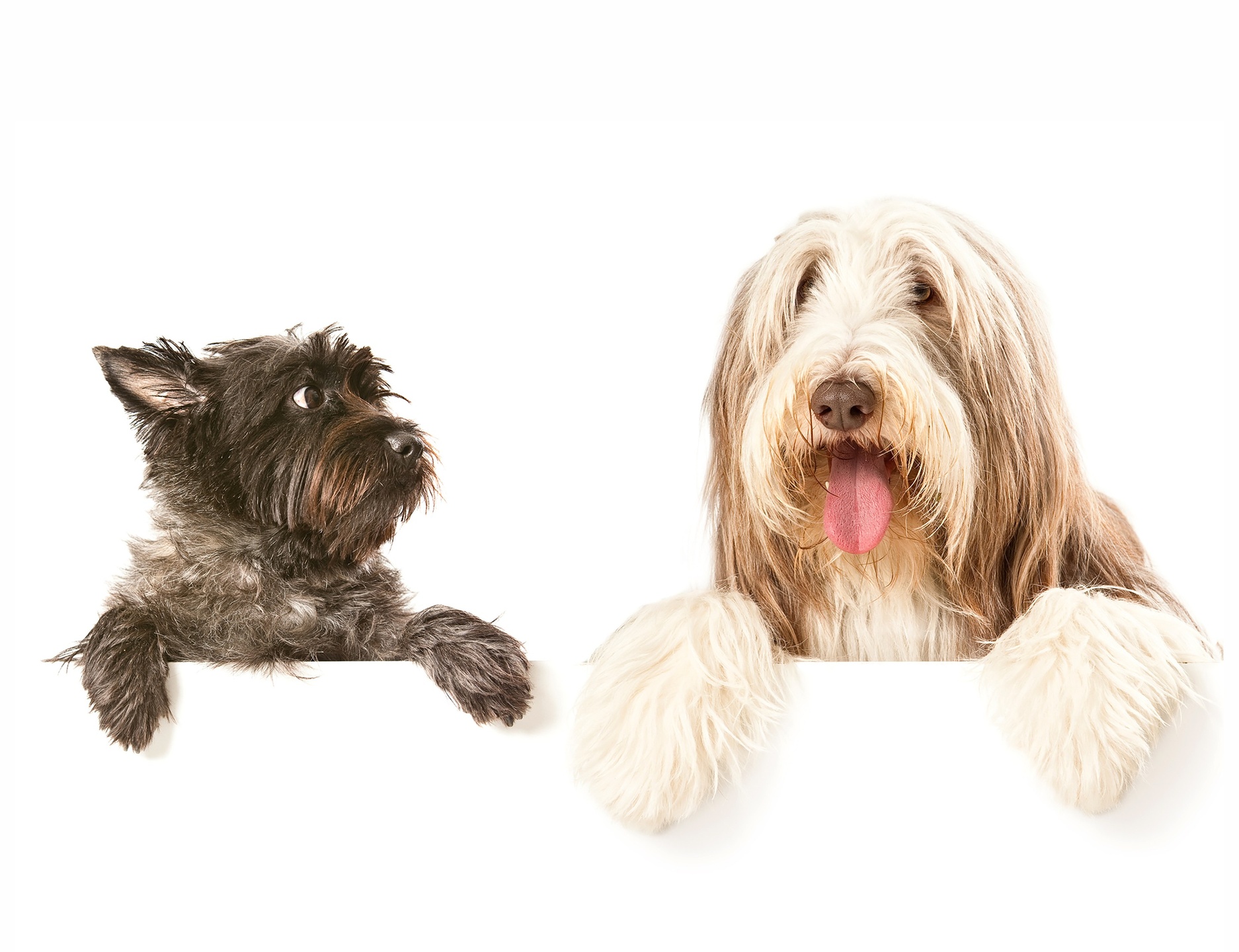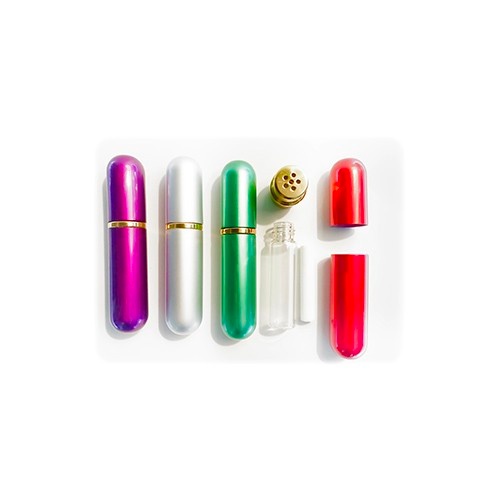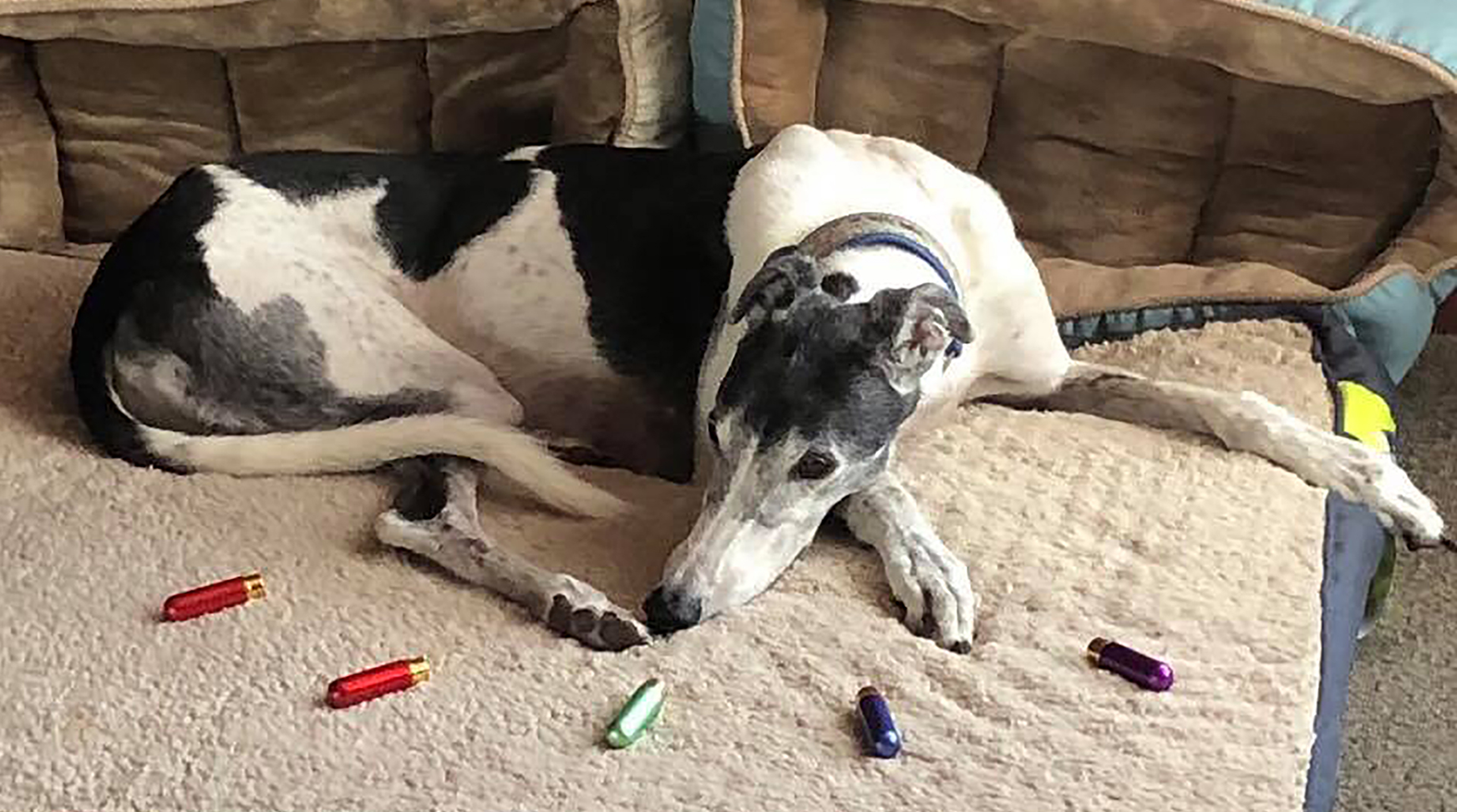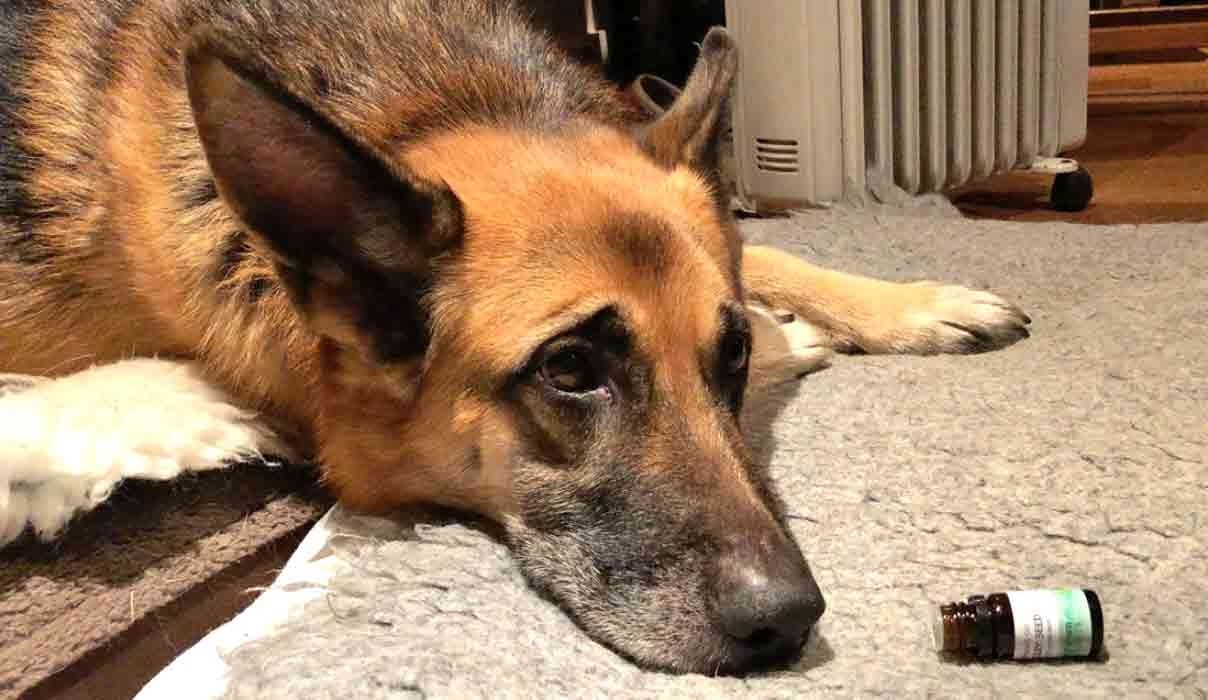How to work with your dog

Listen to Caroline’s Podcast on Working With Your Dog
In this demonstration, watch and learn as Caroline explains how to offer nutritional and herbal powders to canines as well as what to look out for
Here, Caroline is working with Lucky and talks through how to offer the oils to a dog. Here you will see how they take their doses, what you should look for in their body language and how you should respond
Rehoming can often be a difficult and challenging time for animals. Observe as Caroline demonstrates how Self-Medication can be used in helping with emotional support and healing through their journey using Essential Oils




Incorrect position of bottles in relation to nose
Correct position of bottles in relation to nose
